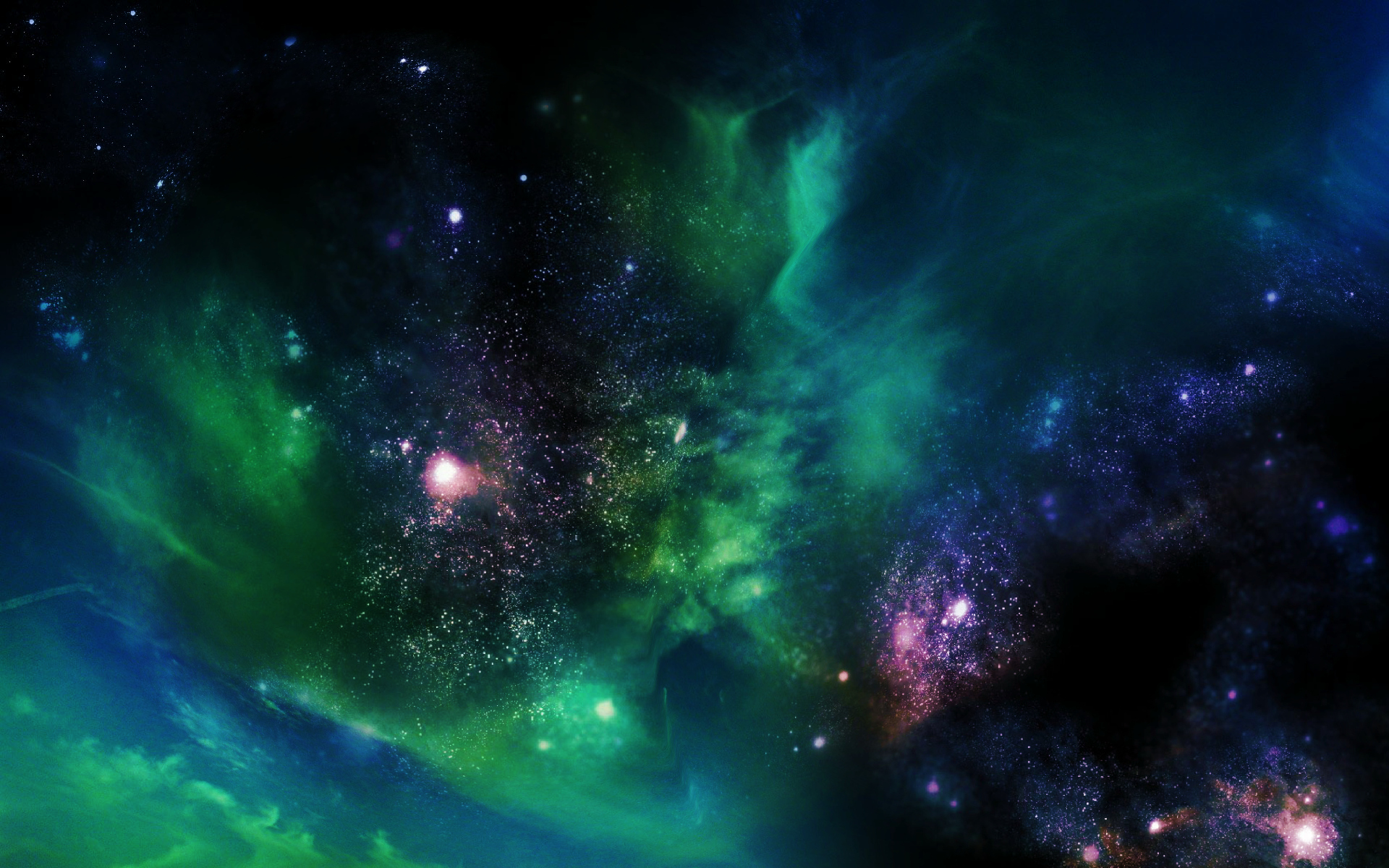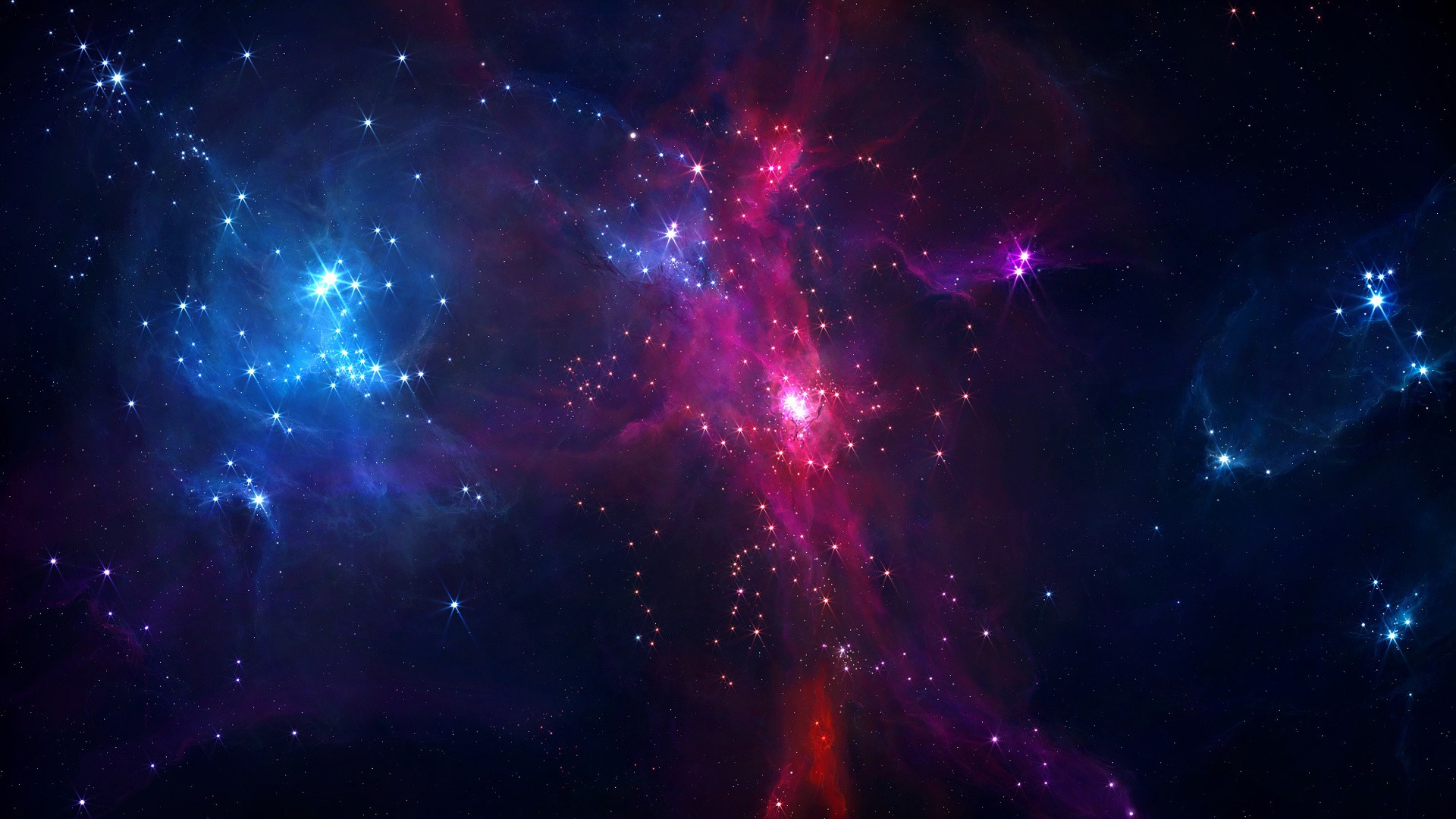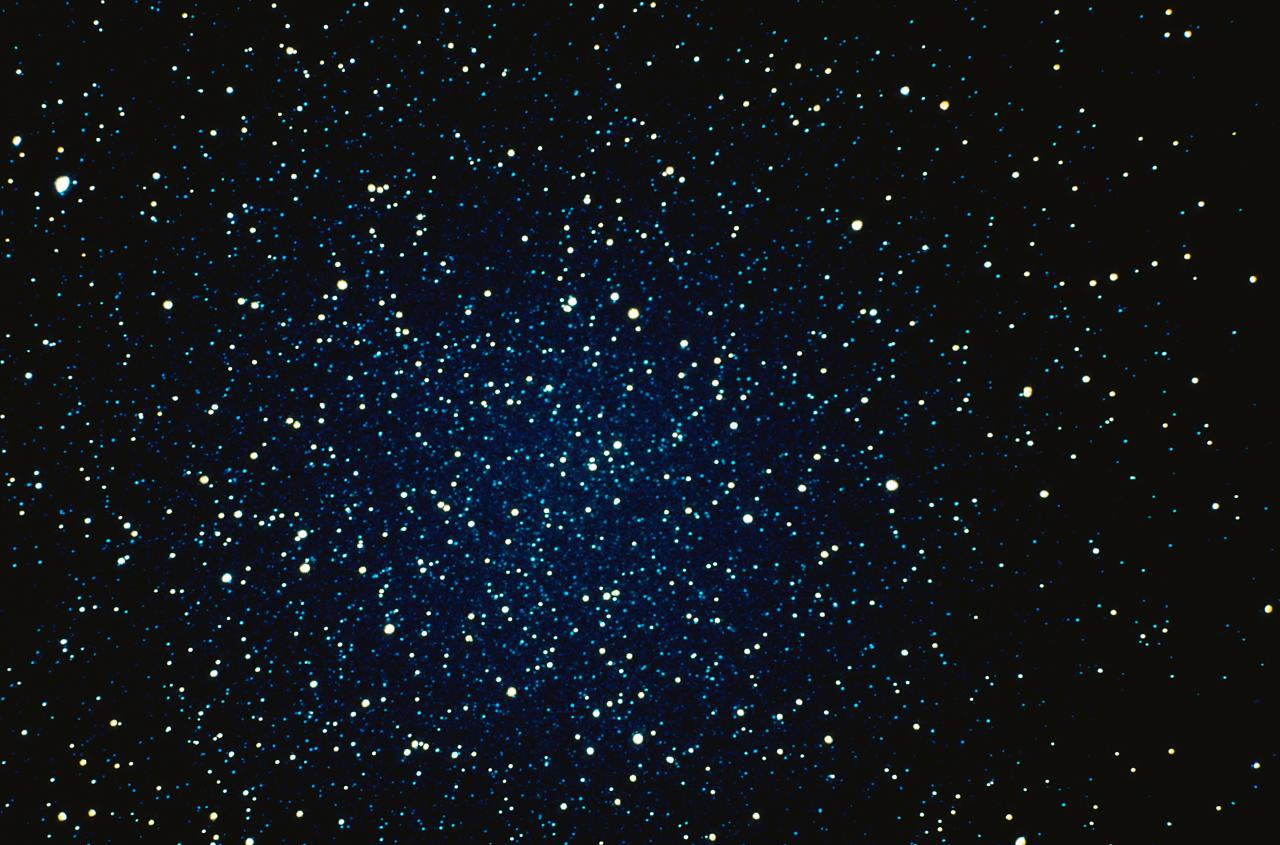
It has taken researchers almost three years to produce this deepest image of the Universe ever taken from space, by recovering a large quantity of ‘lost’ light around the largest galaxies in the iconic Hubble Ultra-Deep Field.

For the first time, researchers have documented the long-predicted occurrence of 'walls bound by strings' in superfluid helium-3. The existence of such an object may explain how the universe cooled down.

A relic cloud of gas, orphaned after the Big Bang, has been discovered in the distant universe by astronomers using the world's most powerful optical telescope, the W. M. Keck Observatory on Maunakea, Hawaii.

Astronomers have discovered a titanic structure in the early universe, just two billion years after the Big Bang - a galaxy proto-supercluster, nicknamed Hyperion.

Astronomers have observed a galaxy 13.3 billion light years away that includes stars that must have been shining just 250 million years after the Big Bang.

Astronomers from Lancaster University have modeled conditions during the earliest moments of the cosmos.

A small team of researchers announced that its correspondingly small telescope picked up a signal produced by the very first stars in our Universe.

This black hole resides in a luminous quasar and its light reaches us from when the Universe was only 5 percent of its current age — just 690 million years after the Big Bang.

Astronomers report that they have detected the second most distant dusty, star-forming galaxy ever found in the universe -- born in the first one billion years after the Big Bang. It is the oldest object ever detected by the LMT.

Physicists have a new scenario of the universe's expansion at the Big Bang that may explain why our universe has three large spatial dimensions.

The most distant galactic magnetic field that has ever been observed provides intriguing clues about the evolution of magnetism in the unfolding universe.

When running Hawking and Hartles’ as well as Vilenkin’s, math, the new team didn’t get the teeny quantum fluctuations required to create today’s universe.

A new study suggests that the early Solar System was quickly divided in two, with the rapidly forming Jupiter creating the dividing line.

Did our sun have a twin when it was born 4.5 billion years ago? Almost certainly yes -- though not an identical twin.

New work from a team led by Carnegie’s Eduardo Bañados has discovered 63 new quasars from when the universe was only a billion years old.